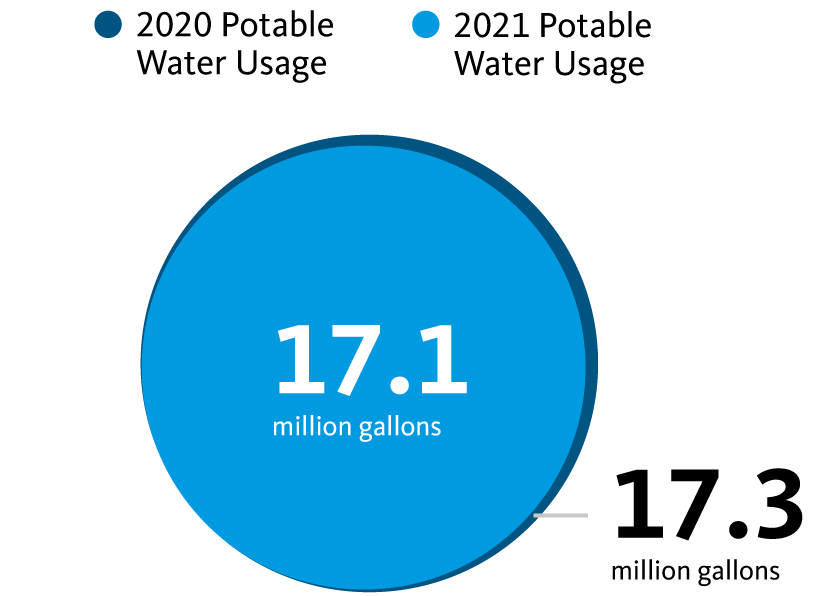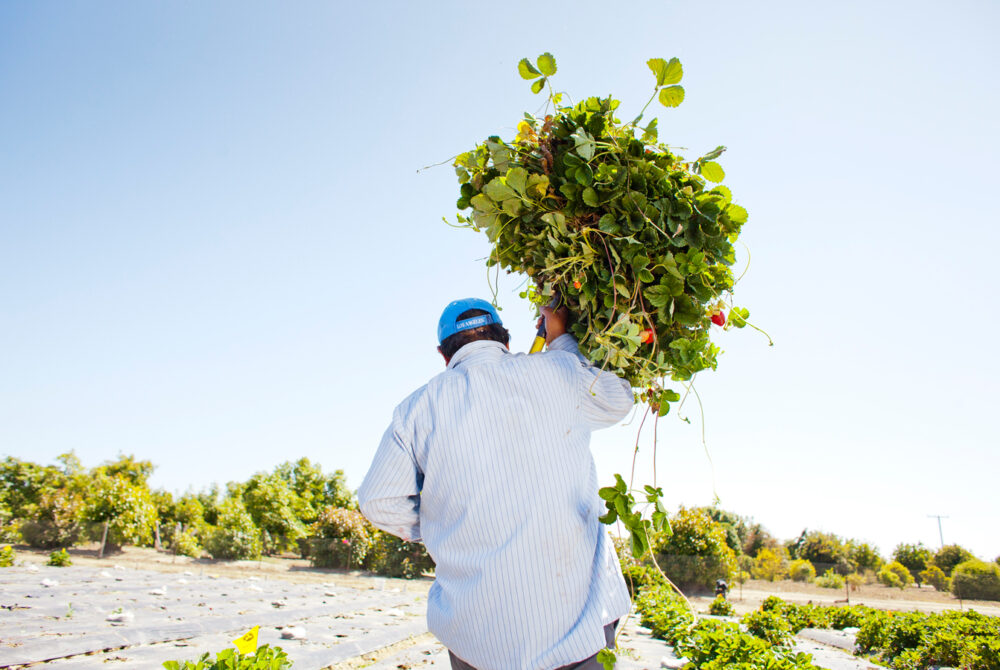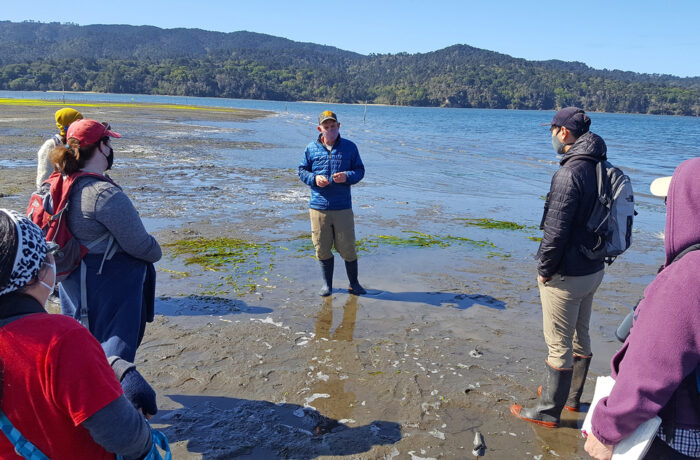UC Agriculture and Natural Resources (UC ANR) delivers the land-grant mission for UC and California by developing and promoting practical, science-based solutions for the state’s food systems, water resources and natural ecosystems. UC ANR’s statewide facilities — including nine Research and Extension Centers (RECs), the Elkus Ranch Environmental Education Center and an administrative building — made strides in sustainable practices in fiscal year 2020–21.
For example, Hansen REC (HAREC) gleaned 9,300 pounds of fruit from orchards typically used for agricultural literacy school field trips. With youth programs shut down due to COVID-19, HAREC partnered with Food Forward and Ventura Unified School District to redistribute fresh produce to students and families. West Side REC, on the other hand, leveraged COVID-19 site closures to redesign two buildings into laboratories with energy-efficient air systems, lighting, windows and insulation, demonstrating how older facility conversions can increase UC ANR’s sustainability.
RECs reduced carbon dioxide emissions from 1,766 to 1,596 metric tons from 2014 to 2019 and further cut emissions by 711 metric tons during pandemic-related closures in fiscal year 2020–21. UC ANR’s water consumption remained stable in 2020–21 due to ongoing agricultural research. Additionally, it is often not feasible for UC ANR to use zero-emission vehicles or hybrid vehicles given the need for trucks and farm equipment, which are often unavailable in these models. When possible, UC ANR purchases or leases flex-fuel vehicles. UC ANR’s LEED certified administrative building reduced electricity use by 22% and natural gas use by 50% from 2014 to 2019.
CLIMATE PROTECTION – EMISSIONS
Over the past year, UC ANR was able to reduce its CO2 emissions from 1,596 to 1,334 metric tons. This reduction in emissions can be partly attributed to reduced use of office spaces and increased remote work. (At the time of data collection, campus greenhouse gas emissions were not yet third-party verified. Updates will be made, as needed, in future reports.)
ENERGY – RENEWABLE ELECTRICITY GENERATION
ENERGY USE INTENSITY (EUI)
UC ANR saw a decrease in its EUI in the calendar year 2020.
Green building
UC ANR currently has one LEED certified building at its headquarters in Davis.
1 Certified
Total number of LEED certifications
Transportation
Although it is often not feasible for UC ANR to purchase or lease electric vehicles or hybrid vehicles (given the need for pickup trucks that are not yet available in those models), when possible, UC ANR purchases or leases flex fuel vehicles, which use alternative fuel.
Water

Over the past year, UC ANR’s water consumption remained stable, with a slight reduction of 120,000 gallons. Water use did not change much from prior year because UC ANR sites still have similar irrigation requirements.
 Sustainability Annual Report 2021
Sustainability Annual Report 2021
